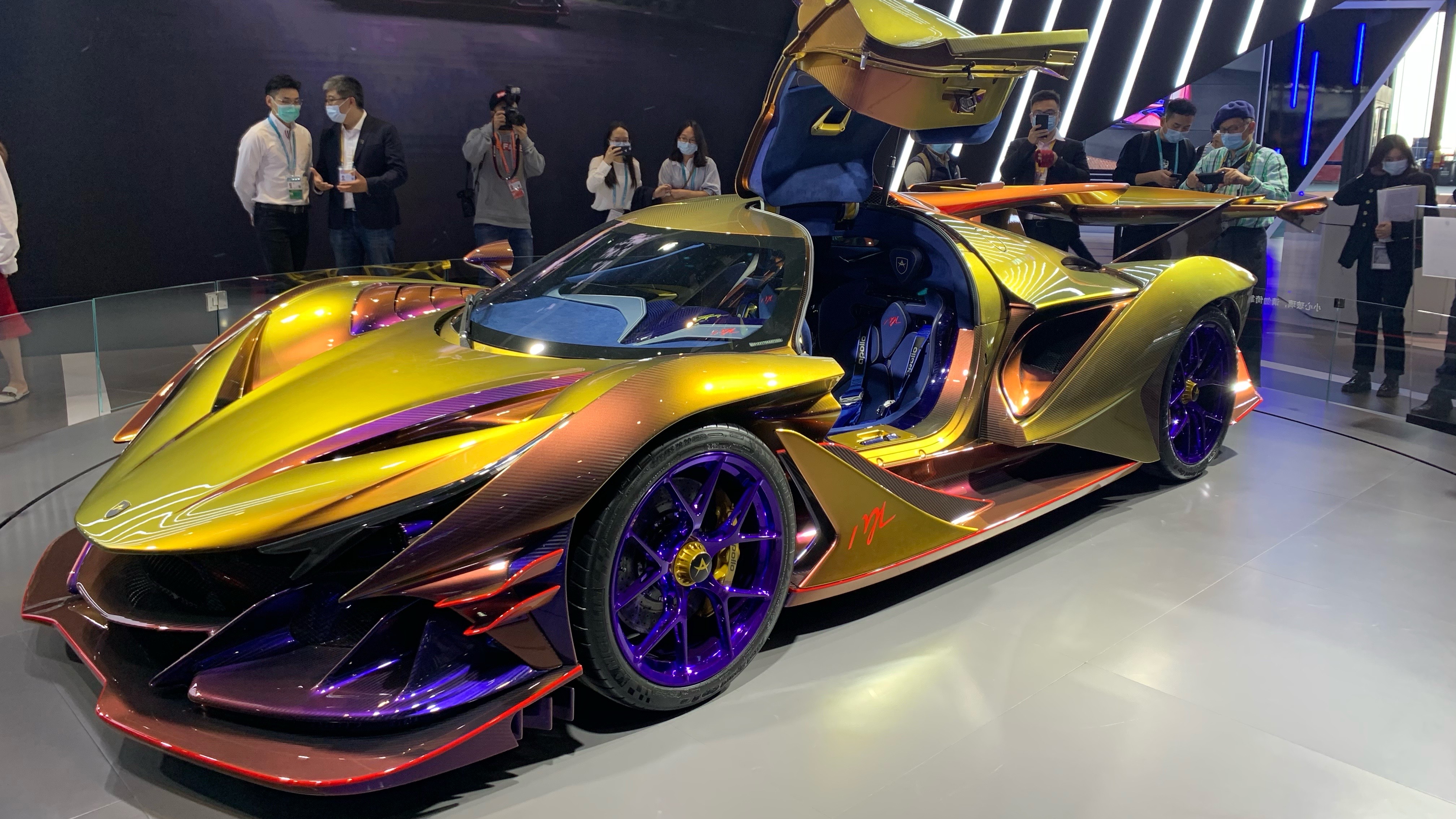
What is a Hypercar and How is it Different from a Supercar?
The automotive world is filled with impressive machines, but at the pinnacle of performance and exclusivity reside two distinct categories: supercars and hypercars. While both terms evoke images of speed, luxury, and cutting-edge technology, understanding the nuances that separate them is crucial for appreciating the true hierarchy of automotive excellence.
Defining the Supercar
The term "supercar" emerged in the late 1960s and early 1970s to describe a new breed of high-performance sports cars that pushed the boundaries of speed, handling, and design. Supercars are characterized by:
- Exceptional Performance: Supercars boast powerful engines, advanced aerodynamics, and lightweight construction, enabling them to achieve blistering acceleration, high top speeds, and impressive track times.
- Exotic Design: Supercars often feature striking and aggressive styling, with low-slung profiles, dramatic curves, and aerodynamic elements that enhance both form and function.
- Advanced Technology: Supercars incorporate the latest automotive technologies, including sophisticated suspension systems, electronic driver aids, and high-performance braking systems.
- Premium Materials: Supercars are crafted using high-quality materials such as carbon fiber, aluminum, and exotic alloys to minimize weight and maximize performance.
- Limited Production: Supercars are typically produced in relatively small numbers, adding to their exclusivity and desirability.
Examples of supercars include:
- Lamborghini Huracán
- Ferrari 296 GTB
- McLaren 720S
- Porsche 911 Turbo S
- Audi R8
Introducing the Hypercar
The term "hypercar" is a more recent designation, coined to describe a select group of vehicles that surpass even the capabilities of supercars. Hypercars represent the absolute pinnacle of automotive engineering, performance, and innovation. They are characterized by:
- Extreme Performance: Hypercars deliver unparalleled levels of performance, exceeding even the most impressive supercars in terms of acceleration, top speed, and track capabilities. They often achieve this through innovative powertrain designs, advanced aerodynamics, and ultra-lightweight construction.
- Groundbreaking Technology: Hypercars showcase the most advanced and cutting-edge technologies, often incorporating hybrid or electric powertrains, active aerodynamics, and advanced driver assistance systems.
- Exclusive Design: Hypercars feature radical and futuristic designs that push the boundaries of automotive aesthetics. They often incorporate unique styling elements and aerodynamic solutions that are not found on other vehicles.
- Ultra-Premium Materials: Hypercars utilize the most exotic and expensive materials available, such as aerospace-grade carbon fiber, titanium, and advanced composites, to minimize weight and maximize performance.
- Limited Production: Hypercars are produced in extremely limited quantities, often with production runs of just a few dozen or a few hundred units, making them highly exclusive and sought-after by collectors and enthusiasts.
- Higher Price Point: With the cutting-edge technology and rarity, hypercars cost over USD 1 million.
Examples of hypercars include:
- Bugatti Chiron
- Koenigsegg Jesko
- McLaren Speedtail
- Pagani Huayra
- Rimac Nevera
Key Differences Between Supercars and Hypercars
While the line between supercars and hypercars can be somewhat blurred, there are several key distinctions that set them apart:
- Performance Threshold: Hypercars represent a significant leap in performance compared to supercars. They typically boast higher horsepower figures, faster acceleration times, and higher top speeds.
- Technological Innovation: Hypercars are often at the forefront of automotive technology, incorporating groundbreaking innovations that are not yet available on supercars. This may include advanced hybrid or electric powertrains, active aerodynamics, and cutting-edge driver assistance systems.
- Exclusivity and Rarity: Hypercars are produced in much smaller numbers than supercars, making them significantly more exclusive and sought-after. This exclusivity is often reflected in their higher price tags.
- Design Philosophy: Hypercars often feature more radical and futuristic designs than supercars, pushing the boundaries of automotive aesthetics. They may incorporate unique styling elements and aerodynamic solutions that are not found on other vehicles.
- Driving Experience: Hypercars offer a more extreme and visceral driving experience than supercars, with sharper handling, more responsive controls, and a greater sense of connection to the road.
- Price: Hypercars cost more than supercars, usually priced over USD 1 million.
The Blurring Lines
It’s important to note that the distinction between supercars and hypercars is not always clear-cut. Some vehicles may possess characteristics of both categories, making it difficult to definitively classify them as one or the other. Additionally, as technology advances and performance levels continue to rise, the line between supercars and hypercars may become increasingly blurred over time.
Conclusion
Supercars and hypercars represent the pinnacle of automotive engineering and design, offering unparalleled levels of performance, luxury, and exclusivity. While supercars are impressive machines in their own right, hypercars take performance and technology to an entirely new level. By understanding the key differences between these two categories, enthusiasts can gain a deeper appreciation for the incredible capabilities of these extraordinary vehicles.
